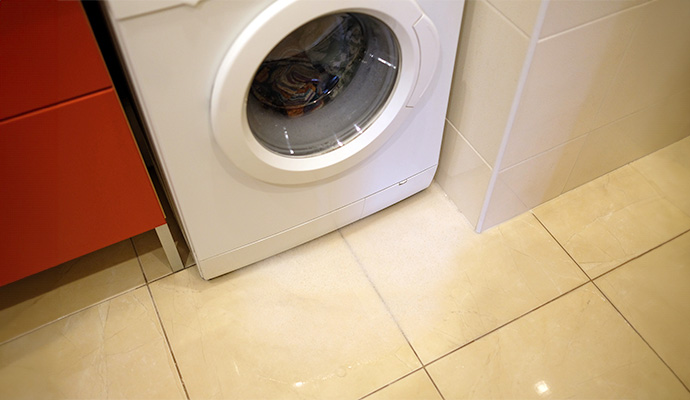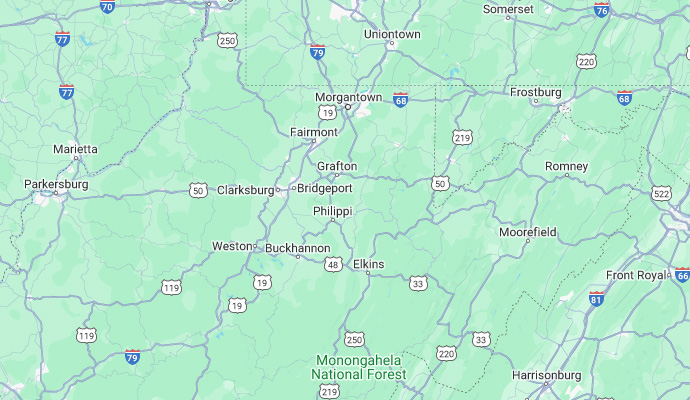Washing Machines Can Cause Water Damage Cleanup Mayhem
One of the most common sources of water damage in your Prairieville is the washing machine. Using anywhere between 20-80 gallons of water per load (some high-energy machines use less), it is no wonder that these appliances can cause extensive water damage. Here are 4 things you can do to help keep your washing machine from causing water damage in your home:
Water Damage Cleanup In Prairieville

1. Check the water supply hoses
Over time, and with use, the hoses that bring water to and from your washing machine can deteriorate. Cracks in these hoses can let water leak out all over your floor. Make sure that connections are tight and secure. Loose hose connections will lead to water flooding out of the hose. Best practice is to replace hoses at least every 5 years, and whenever they appear damaged. Consider using no-burst hoses that are better than rubber or plastic hoses. No-burst hoses are more flexible and are covered with braided stainless steel so they are less prone to cracking.
2. Use the right type and amount of detergent
Adding too much detergent can cause the overflow tube to become clogged. If any clogs occur, water will build up and spill out. If you have a high-efficiency washing machine, be sure to only use high-efficiency detergent. Using the wrong detergent can cause just as much damage as using too much detergent. If you are unsure how much detergent to use, or what type your machine requires, refer to the owner’s manual or call the manufacturer.
3. Install a single lever water shutoff valve
Most laundry hookups are installed with a dual lever shutoff valve – one for hot water and one for cold. The problem is it takes twice as long to stop water flow when a lead occurs. If you replace your dual lever shutoff valve with a single lever shut off valve, it allows you to cut off both the hot and cold water supply at the same time. It is also not a bad idea to keep the valve shut off when the washer is not in use; that way water will not just be sitting in the hoses and it can help prevent water damage from occurring when you are not even using the machine.
4. Put a washer tray underneath your washing machine
Because of the amount of water coming to and from your washing machine, and how frequently the appliance is used, it is bound to leak and drip every now and then. By placing a washer tray underneath your washing machine, it can catch leaks and drips that can then be emptied down a sink or outside instead of all over your floor. Just be sure to check the tray periodically to make sure water isn’t pooling there, and to keep it clean and clear so if the machine does leak it will be able to catch and store the water.
When you need water damage cleanup in your home, whether from the washing machine or any other source, call Crossroads Property Rescue right away.

